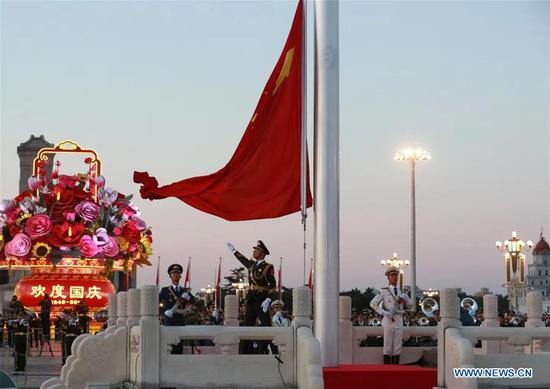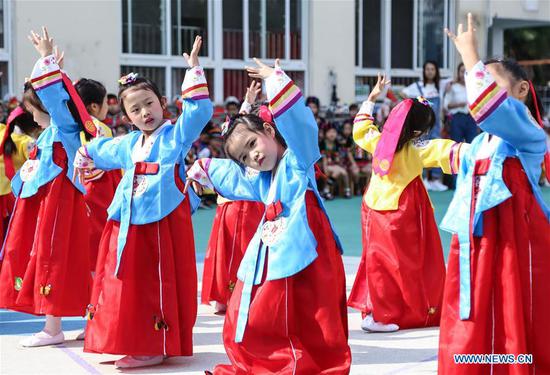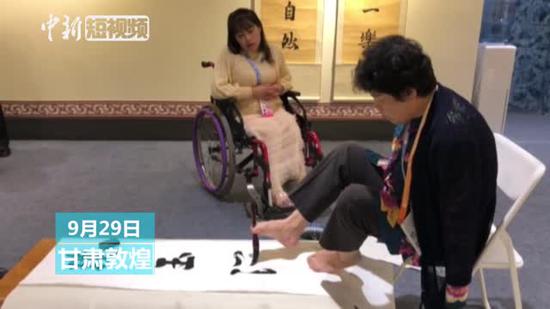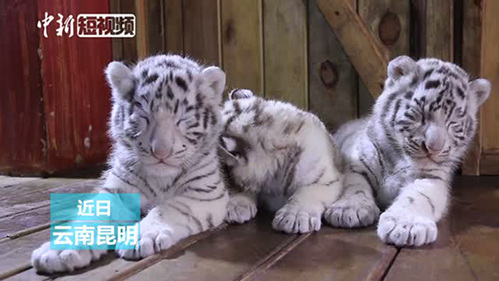
Four prestigious Japanese lacquerware masters recently appeared at the Sheng Sheng Lacquerware Exhibition in Beijing, where they offered a detailed discussion of their aesthetics and artistic expression. (Photo provided to China Daily)
Presented by the ZENA lifestyle and aesthetics platform, the lacquerware exhibition displayed the work of eight representative Japanese artists, following the chronological order of lacquerware's development in Japan.
Four of the artists — all full members of the Japan Kogei Association — Norihiko Ogura, Kiyoshi Torige, Tatsuya Matsumoto and Hisaya Tsukiji, arrived at the opening ceremony and explained the techniques and concepts of their work.
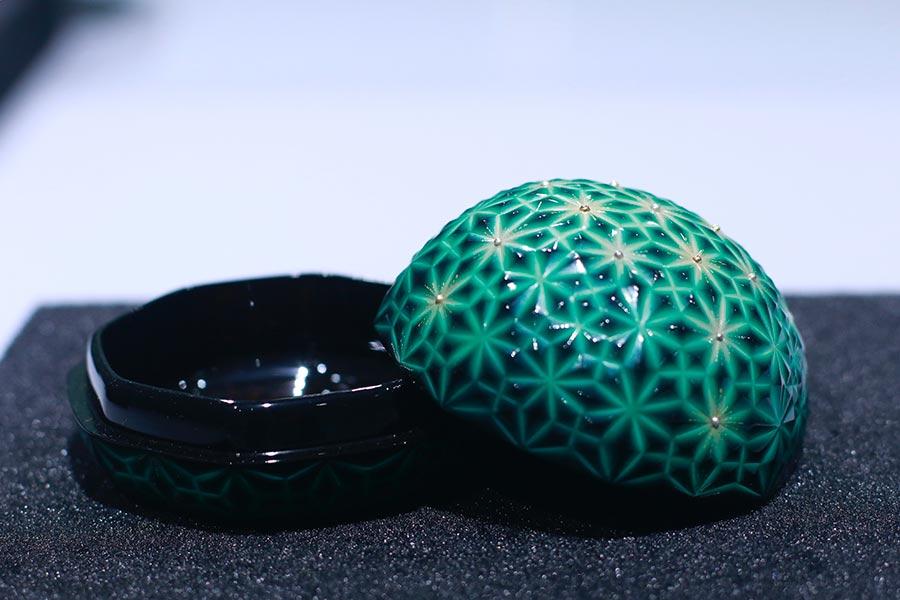
Four prestigious Japanese lacquerware masters recently appeared at the Sheng Sheng Lacquerware Exhibition in Beijing, where they offered a detailed discussion of their aesthetics and artistic expression. (Photo provided to China Daily)
With the earliest known lacquer work discovered in China, and dating back to the Neolithic period, there remains an ongoing debate over the origin of Japanese lacquerware. Some believe that the technique for creating laquerware was introduced to Japan around the time of the Tang Dynasty (618-907), while others argue that it could have been independently discovered during Japan's Jomon Period (14,000 ? 300 BC).
Lacquering uses the sap extracted from lacquer trees for the embellishment and protection of predominantly wooden surfaces. As the lacquer solidifies, it forms a water-proof, anti-corrosive layer of varnish, which once made the technique an important process in the manufacture of daily utensils.
The artists introduced their individual specializations, kanshitsu (dry lacquer), raden (mother-of-pearl inlay), chinkin (gold inlay) and maki-e (gold powder decoration), as well as their effort in adapting the traditional techniques in modern artwork creations.
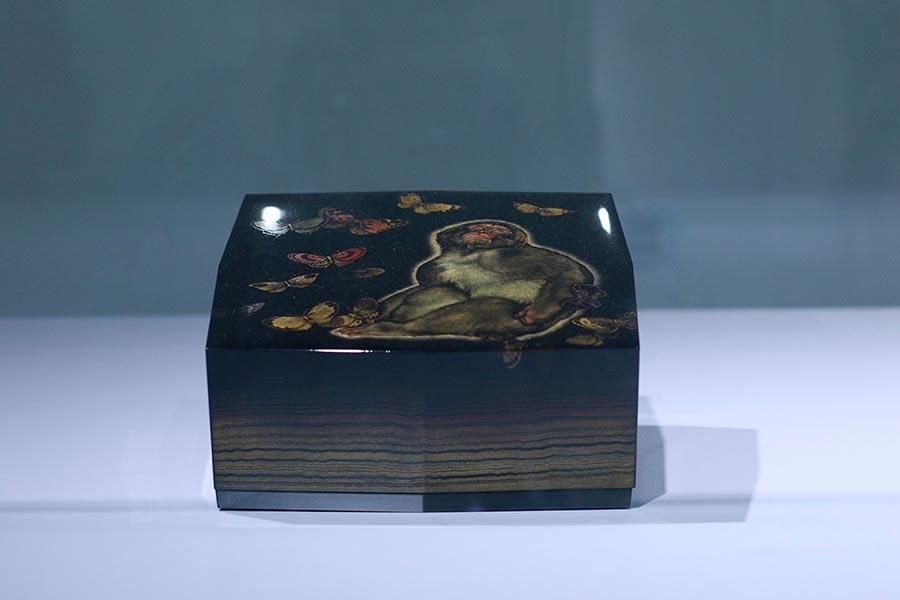
Presented by the ZENA lifestyle and aesthetics platform, the lacquerware exhibition displayed the work of eight representative Japanese artists, following the chronological order of lacquerware's development in Japan. (Photo provided to China Daily)
According to Ogura, who specializes in raden and makie, with the recurrent images of plants and flowers, his work represents his reverence for nature. In recent years, he has also been innovating by using maki-e to produce oil paintings.
Similarly, Torige has also been creating artwork using lacquerware. Mainly using the technique of chinkin, he would always come up with a background story for his vivid depictions of animals on his lacquer containers or kitchenware.
Each of the artists also gave a live demonstration of their specialized lacquerware techniques in individual salon sessions.
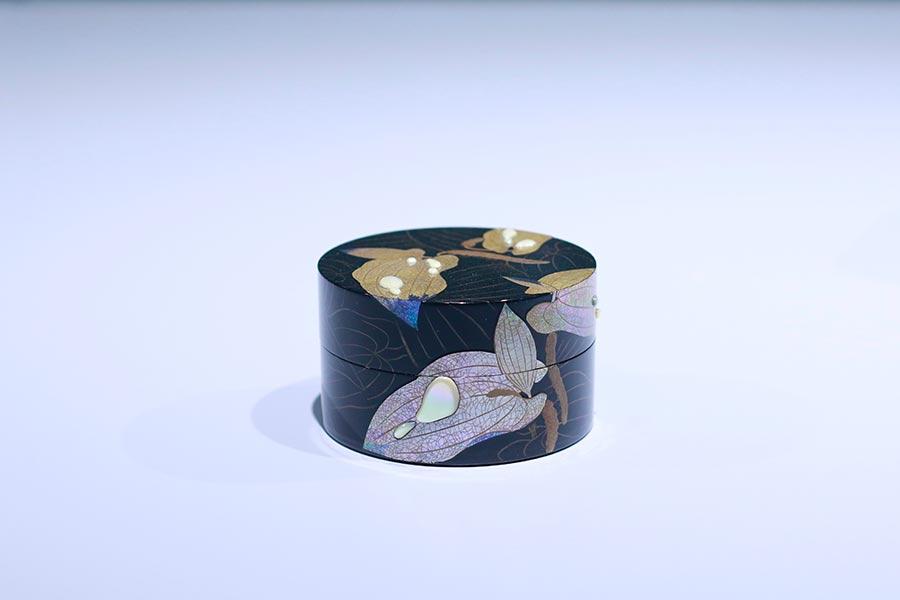
Four prestigious Japanese lacquerware masters recently appeared at the Sheng Sheng Lacquerware Exhibition in Beijing, where they offered a detailed discussion of their aesthetics and artistic expression. (Photo provided to China Daily)
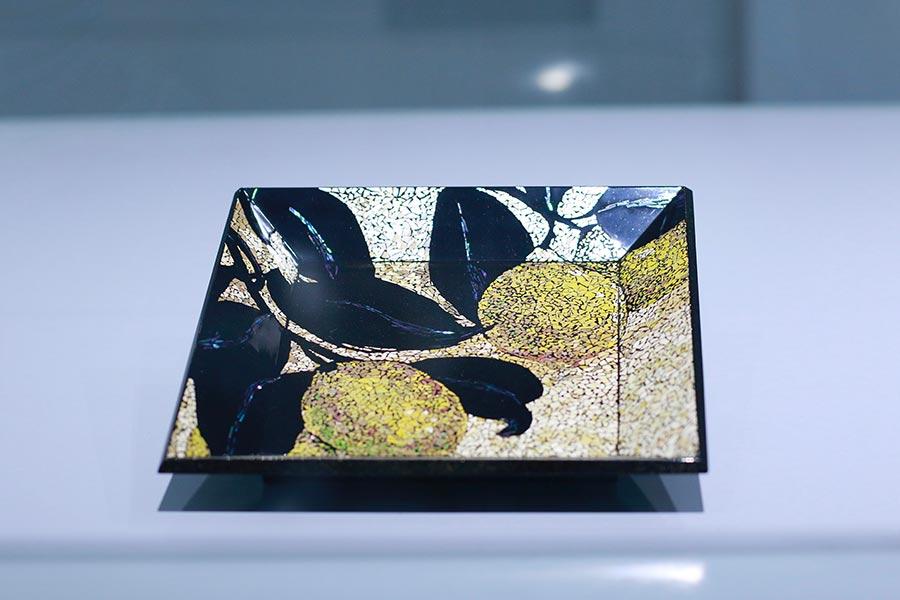
Presented by the ZENA lifestyle and aesthetics platform, the lacquerware exhibition displayed the work of eight representative Japanese artists, following the chronological order of lacquerware's development in Japan. (Photo provided to China Daily)
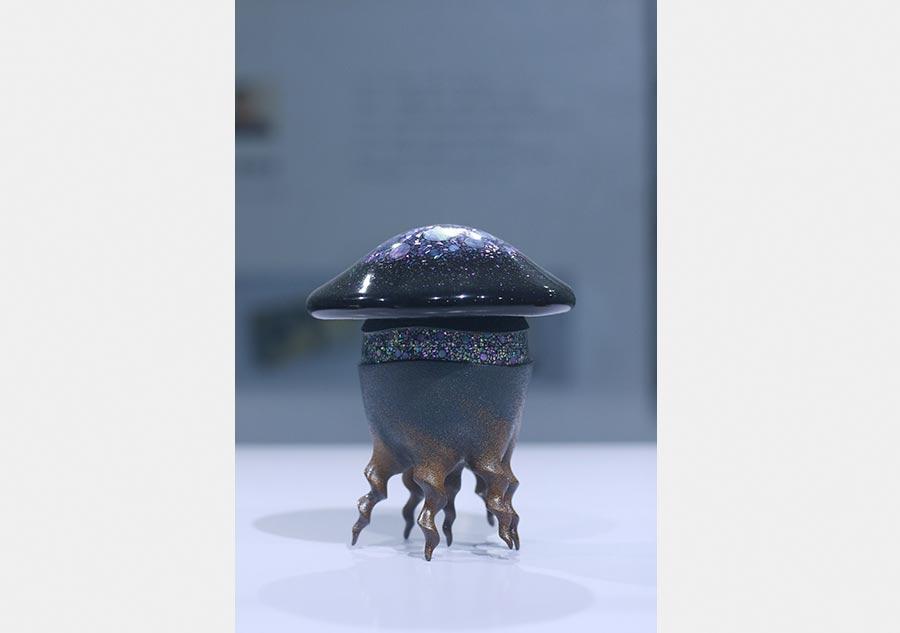
Presented by the ZENA lifestyle and aesthetics platform, the lacquerware exhibition displayed the work of eight representative Japanese artists, following the chronological order of lacquerware's development in Japan. (Photo provided to China Daily)
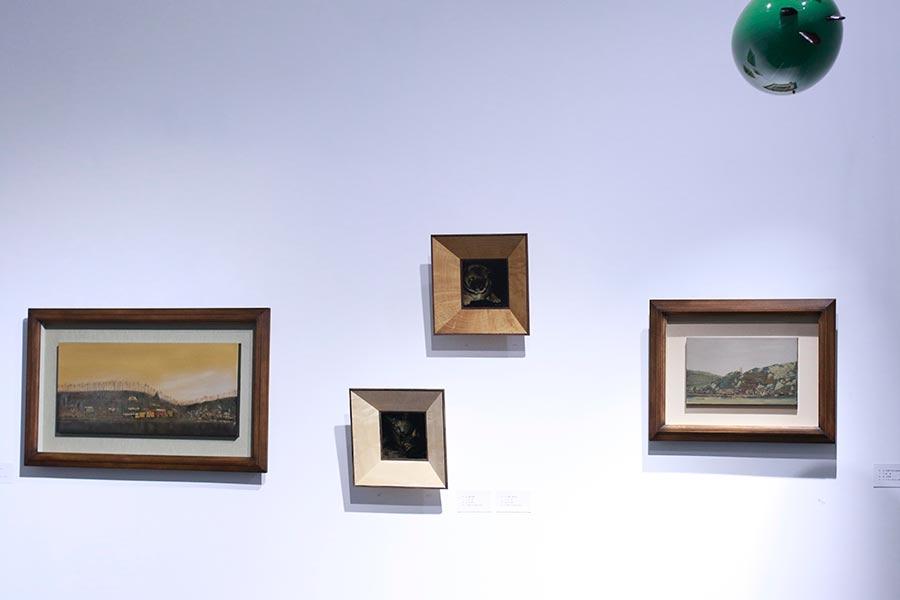
Presented by the ZENA lifestyle and aesthetics platform, the lacquerware exhibition displayed the work of eight representative Japanese artists, following the chronological order of lacquerware's development in Japan. (Photo provided to China Daily)










